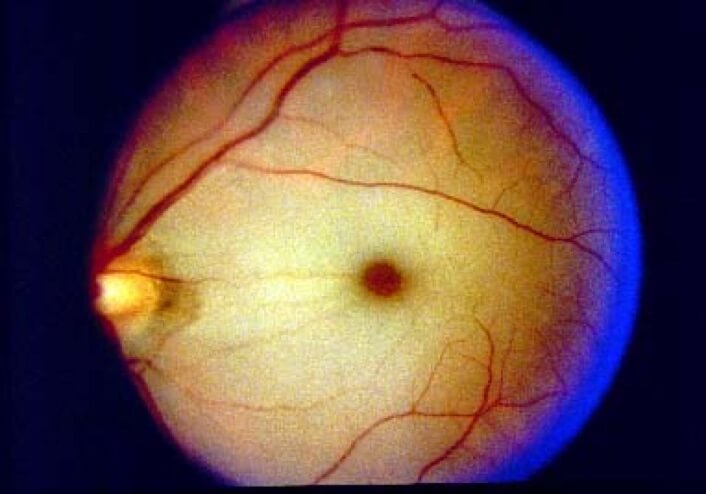Arterial vascular occlusions in the eye
Arterial vascular occlusion is the blockage of an artery. If this happens in the eye, oxygen supply to (or part of) the retina will stop temporarily: the part without oxygen stops functioning (infarction).
Causes
Arterial blockages are caused by clots (cholesterol, calcification, clotted blood). These clots (emboli) often come from elsewhere in the body such as the carotid arteries or originate through an inflammation, as may occur in arteritis temporalis.
Symptoms
In the case of arterial blockage, the patient’s field of vision turns black or dark, or in some cases, vanishes altogether. In some cases, eye sight is recovered within a few minutes. The doctors call this amaurosis fugax.

Treatment
If you suffer from arterial blockage for a longer amount of time, treatment might not be possible. It is important that the underlying cause for the blockage gets treated: the patient is usually sent to a neurologist who will perform an extensive screening. Usually it is advised to start taking blood thinning medication.
If the infarction is accompanied by symptoms of fatigue / chewing pain / hairline pain and general malaise, it may be caused by arteritis temporalis, an inflammation of the arteries. If this is suspected, blood sedimentation (ESR) will be measured and a biopsy may be taken from the blood vessel in the temple.
In rare cases, vascular renewal may occur in the eye after a long period of time, making it necessary to laser the retina and/or to give an intravitreous injection of “anti-VEGF” (see leaflet on intravitreous injections): otherwise, the pressure of the eye may increase (neovascular glaucoma). This treatment is exclusively used for the prevention of increased pressure (and subsequent pain in the blind eye) and not to improve vision.
These risks and symptoms may not necessarily apply to you.
If you have any questions; please contact OMC Amstelland.
This information was produced under the direction of the committee patient education from the NOG (2012).
